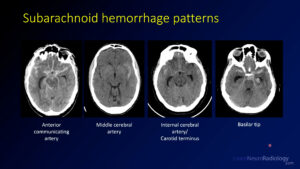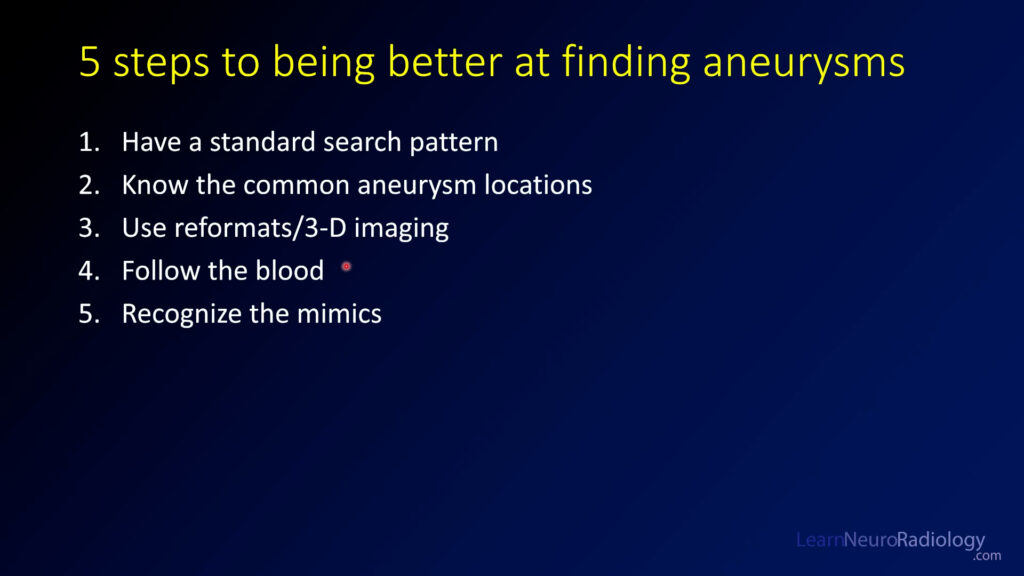Facial fractures
This video is an overview from Dr. Katie Bailey about fractures of the face, including their CT findings and complications. Facial fractures are among the most commonly encountered emergencies, particularly in busy trauma hospitals.
Simple fractures. These involve isolated fractures of one of the sinus walls, the zygomatic arch, or the nasal bones.
Frontal sinus fractures. Consider whether they involve the outer table, inner table, or both. Complications of frontal sinus fractures include CSF leak, mucocele, or meningitis. Brain parenchymal contusions can also accompany frontal sinus fractures.
Other common isolated fractures. Common fractures include the zygomatic arch and mandible. When you have a fracture of the mandible, it is very common to have a fracture elsewhere in the mandibular ring. Nasal fractures are commonly seen and are worse if there is displacement because they can result in poor cosmetic outcomes. Nasal septal fractures are sometimes challenging to see and soft tissue swelling is probably your best clue. A nasal septal hematoma, if present, can result in necrosis of the nasal septum.
Lamina papyracea fractures. These are fractures of the medial wall of the orbit. Most commonly, these result from a blow to the eye. Soft tissue swelling within the orbit or blood in the sinus can tell you if you are likely dealing with a more acute fracture. A retroorbital hematoma can accompany these fractures, and are characterized by stranding or soft tissue density in the retroorbital fat. These require more rapid intervention to avoid risks to vision
Orbital floor fractures. These can have displacement of fragments into the adjacent maxillary sinus, and it is important to report if the muscles are displaced into the sinus. Entrapment of the muscle can result in loss of eye movement and may need to be managed surgically.
Single sinus fractures. Sometimes you will have a fracture of only a single sinus, often from a direct blow. These can involve one or more walls of the sinus. Sphenoid sinus fractures can be complicated by extension into the carotid canal which increases the risk of vascular injury.
Lefort fractures. Lefort fractures involve the pterygoid plates and are subdivided into 3 types. They can be unilateral or bilateral. Lefort I fractures extend through the inferior maxilla and not the roof of the sinus. This is a transverse pattern which is low across the maxillary sinus. Lefort 2 fracture extend through the inferior lateral maxilla but extend superiorly as they go medially through the midface and inferior orbital wall. A Lefort III fracture is a transvere fracture which is higher and goes through the lateral orbital wall and potentially the zygoma.
ZMC fractures. These are fractures of the zygomaticomaxillary complex. They involve the struts of the zygoma, including the anterior maxillary wall, posterior maxillary wall, zygoma, and frontal sinus.
NOE fractures. Nasal-orbital ethmoidal fractures are a pattern of injury etending from the nasal bones through the septum, ethmoid sinuses, and medial orbital walls across the bridge of the nose. These can cause injury to the nasolacrimal duct or medial canthus, reducing eye movement.
Hopefully you learned a bit from this video about how to categorize facial fractures on CT. Be sure to check out the other videos on search patterns as well as all the other head and neck topics.
See this and other videos on our Youtube channel


